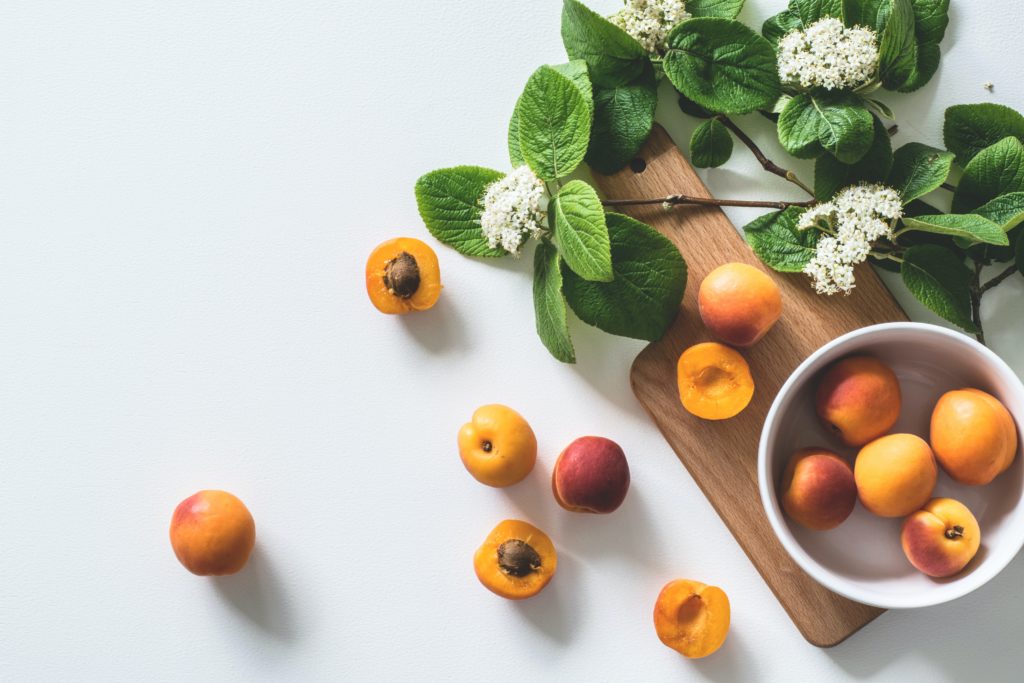
Spring is a time when the body changes from winter to summer and there is such a nuisance as vitamin deficiency and lack of minerals in the body. Plus, stress and constant anxiety make themselves felt.
A well-balanced diet is the easiest way to get nutrients and feel good. But there are a lot of vitamins and minerals that our body needs and which may not get the right amount. Today we decided to introduce you in more detail to such a nutrient as B6 and tell us in which foods it is the most.
Vitamin B6, also known as pyridoxine, plays an important role in our health, helping the body absorb proteins, carbohydrates and fats. Studies show that it has a positive effect on the heart, cognitive functioning, stimulating blood sugar production, and may even reduce the symptoms of PMS and menstruation.
So how much B6 does it take to feel good?
The recommended dietary norm, or RDA, for men and women between the ages of 19 and 50 is 1.3 mg. Pregnant and lactating women need a little more, up to 1.9-2 mg per day.
Which foods contain vitamin B6?
Turkey
Just one serving of turkey (about 85 grams) contains almost 50% of your daily need for B6. At the same time you get other nutrients, including zinc and selenium. Turkey is an ideal type of meat if you follow the rules of healthy eating, plus it can be used to make many delicious dishes, from broth to ham for sandwiches.
Salmon
Seafood is a favorite food of nutritionists, as it contains the largest number of components, including vitamin B6. In one serving of salmon per 85 g you will get about 6 mg, or 35% of the daily allowance of vitamin B6. Of course, salmon has many other beneficial properties, including omega-3, protein, vitamin D, potassium and selenium. It is recommended to add salmon to your diet twice a week. It is useful as stewed, baked in the oven or on the grill.
Chickpeas
If you don’t like meat and other animal products, chickpeas are a great source of vitamin B6. It is universal and can be used in the form of hummus, vegetable mixes, soups, salads and many other dishes. Don’t worry too much about choosing between dried or canned chickpeas – both are great options.
Avocado
Avocado is another excellent plant source of B6, which contains about 20% of the daily norm. It is a source of healthy fat, fiber and many other vitamins and minerals such as vitamin E, C and potassium.
Carrot
Carrots are an excellent source of many nutrients, including vitamin A and vitamin B6. Make a fresh salad out of it, fry it as a side dish or snack on it with hummus to get the right amount of vitamin B6.
Yellowfin tuna
Just 90 grams of yellowfin tuna will bring 0.9 mg of vitamin B6, which is more than 50% of the daily norm of this important nutrient. Yellowfin tuna is also a source of protein and goes well with salads. It tastes great when grilled. But there is a caveat: do not abuse tuna because of its high mercury content.
Bananas
Eating just one average banana will give you about 0.4 mg, or 25% of your daily allowance, of vitamin B6. In addition to being an excellent source of vitamin B6, bananas are also a source of potassium. They are also easy to eat on the go, plus they are inexpensive – a great fruit that can be thrown in a bag as a snack if you are hungry during the day.
Cheese
Grainy cheese is an excellent source of vitamin B6, giving about 12% of your daily allowance in one serving. It is ideal to taste it at breakfast, or make it a smoothie, adding seasonal fruits.
Potato
Potatoes are rich in nutrients, quite inexpensive and are a versatile product that can be prepared and consumed in various ways. One serving of potatoes gives 0.4 mg of vitamin B6, or about 25% of the daily norm.
Minced beef
If you eat meat, ground beef will provide the necessary amount of protein, iron and other nutrients, including vitamin B6. A serving of ground beef contains about 0.3 mg of vitamin B6, which is 18% of the daily norm.




